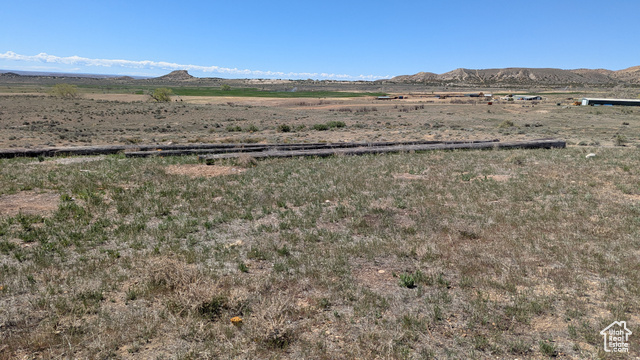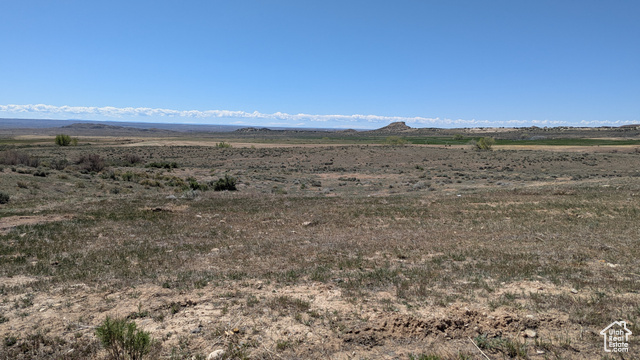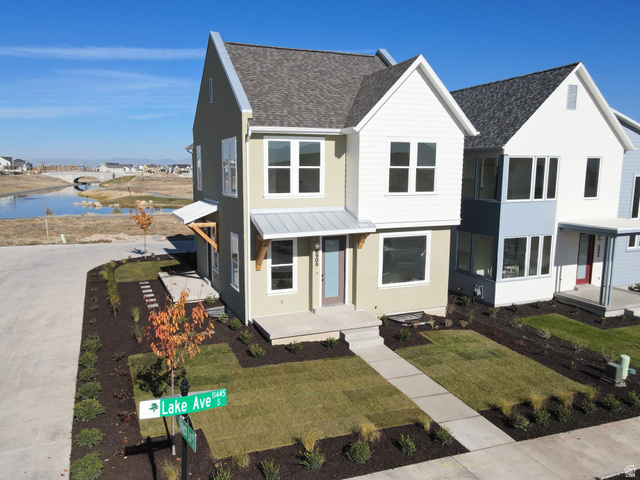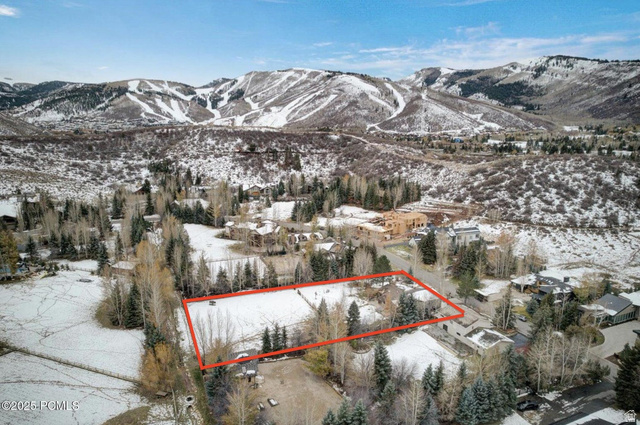Explore eight Utah growth zones—from downtown Salt Lake City's high-rises to the Silicon Slopes and outer-ring land plays—and what buyers, sellers, and investors should expect over the next 5–10 years.
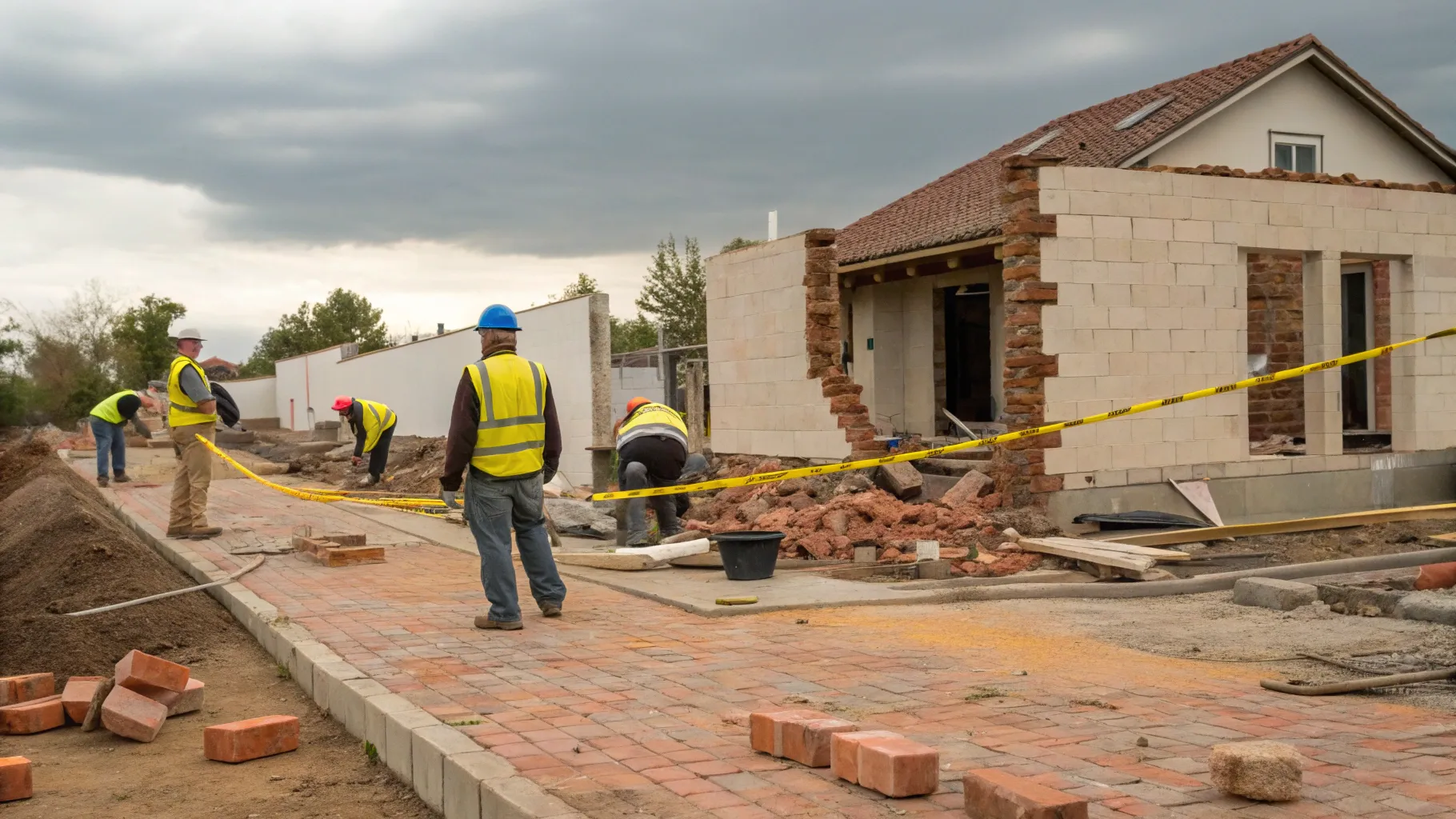
Homeowners often tackle renovations before putting a property on the market, hoping fresh updates will catch buyers’ eyes and bring stronger offers. A new kitchen, fresh floors, or a quick landscaping tune-up can transform a home's appearance. Once the tools come out, though, things can still go sideways.
If a contractor or worker gets injured during those renovations, the fallout can stretch far beyond medical bills. Delays, legal complications, and unfinished projects can all create serious obstacles when you’re trying to sell. For Utah homeowners eager to move forward with a sale, understanding these risks is just as important as selecting the right paint color or countertop material.
Why Renovations Before Selling Are So Common in Utah
In Utah’s fast-moving housing market, sellers often feel pressure to stand out. A coat of paint and basic repairs can help, but many go further, remodeling kitchens, replacing flooring, or upgrading bathrooms to increase appeal. Even small improvements can transform a property from “needs work” to “move-in ready,” attracting more buyers and potentially boosting offers.
The motivation isn’t purely cosmetic. Renovations are often viewed as a way to quickly increase property value. A finished basement in Salt Lake County or a new deck in St. George can make a home more competitive, especially when buyers are comparing several listings at once. Sellers know first impressions stick, and they want their property to be the one buyers remember.
There’s a catch. These projects introduce an additional layer of risk. The more work happening on site, the higher the chance that something unexpected, like an injury, interrupts the plan.
Renovation Red Flags: How Construction Accidents Can Happen
Renovation projects may appear simple from the outside, but job sites pose hazards that can trip up even experienced workers. Slippery floors, unstable ladders, and exposed wiring are common culprits. A busy site with multiple trades moving in and out adds to the risk, especially when deadlines are tight.
Accidents become more likely when homeowners hire unlicensed or uninsured contractors. Some crews cut corners on safety or skip steps that take extra time. A plugged-in saw or unsecured scaffolding can quickly turn into a serious injury.
Time pressure also plays a role. When a seller is in a rush to list, contractors may feel pressured to complete the work quickly. That urgency leads to mistakes, and on a construction site, those mistakes come with consequences.
The Domino Effect: How Accidents Delay Home Sales
When an accident occurs during a renovation, the ripple effect can be immediate. Work stops, projects sit unfinished, and the home you planned to list in pristine condition is suddenly in limbo. A half-done kitchen or a bathroom that can’t be used will make buyers hesitate, no matter how eager you are to sell.
State rules shape what happens next. In Utah, contractors must be licensed and employers carry workers’ comp, yet many residential jobs rely on small subcontractor teams. Homeowners should verify coverage and lock in clear contracts before work begins.
Large metro markets offer a useful comparison. In Chicago, injured workers commonly seek help from Rosenfeld Injury Lawyers’ Chicago construction accident lawyer, which shows how quickly a routine renovation can turn into a formal claim. New York goes further with strict liability for certain elevation-related injuries. Texas allows some employers to opt out of workers’ comp, which makes proof of coverage essential.
The financial impact on a homeowner can be just as frustrating as the delays. Medical costs, potential claims, and replacement labor add thousands to the budget. Disputes can complicate closing or scare off buyers who do not want to inherit unfinished work.
Protecting Yourself as a Utah Homeowner
You can’t eliminate every risk, but you can take steps that dramatically reduce the chance of an accident disrupting a sale. Start by choosing licensed, insured contractors. Ask for proof of both general liability and workers’ compensation coverage, and confirm that policies are current. If a contractor resists providing documentation, treat it as a warning sign.
Put just as much care into your contract. Spell out who is responsible for safety, set a clear payment schedule, and include indemnity language that shields you if a worker is injured. These details may feel technical, but they can determine whether you enjoy a smooth renovation or end up in a dispute.
Basic site habits matter too. Keep walkways clear, store tools properly, and insist on protective gear. Federal resources like OSHA’s construction safety guidelines show how simple adjustments, such as securing ladders or managing cords, reduce the odds of a serious accident. A safer site keeps workers protected and helps the project finish on schedule.
How Liability Can Impact Your Utah Home Sale
An accident during renovation doesn’t just stall construction. It can cast a shadow over the entire selling process. If disputes arise, closing dates may get pushed back while liability questions are sorted out. Even when a claim doesn’t directly affect the homeowner, buyers may hesitate if they sense unresolved issues tied to the property.
Disclosure rules in Utah add another layer. Sellers are expected to be upfront about significant problems with the home. An accident that results in unfinished work or safety concerns may qualify. A buyer who learns of injuries or unfinished renovations after making an offer may back away or demand price concessions.
There’s also the question of market value. A polished remodel signals quality. An interrupted project raises doubts about workmanship. If buyers think they’re inheriting someone else’s headaches, offers may fall short of expectations. Presenting a property that feels move-in ready is vital. Getting a home market ready
means clean finishes, closed-out permits, and no lingering safety issues, standards that are tough to meet when liability concerns hang over the project.
Prevention Is the Best Strategy
The simplest way to avoid liability headaches is to keep accidents from happening in the first place. That starts with careful planning and hiring. Choose contractors who are properly licensed and insured, and obtain written agreements. Ask for proof of coverage up front and confirm it hasn’t lapsed.
Make site safety a standing item. Clear walkways, proper storage of tools, and consistent use of protective gear reduce risks for workers and visitors. Limiting access to work areas prevents injuries that could derail weeks of progress.
Pace matters. When projects are rushed to meet a listing date, mistakes pile up. Give contractors enough time to finish correctly. The result is safer work and cleaner finishes, which supports both your timeline and your sale price.
Conclusion
Renovations can add real value when preparing a home for sale in Utah, but a single job-site injury can undo that progress. An injured worker, a stalled project, or a dispute over liability can delay closing and chip away at buyer confidence. Choose qualified contractors, confirm insurance, and keep the site safe. The homes that sell well feel complete, buttoned up, and free of complications.

